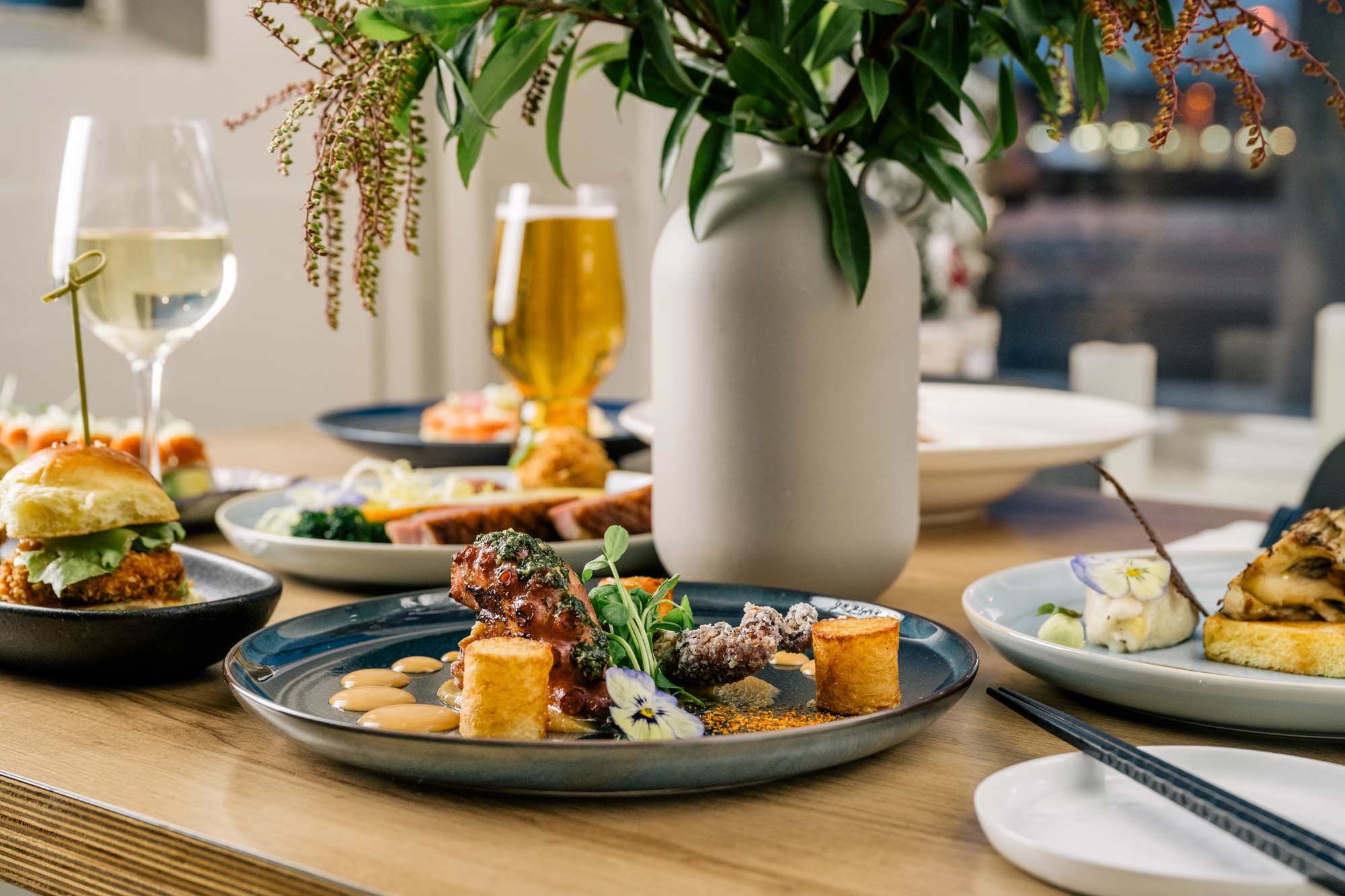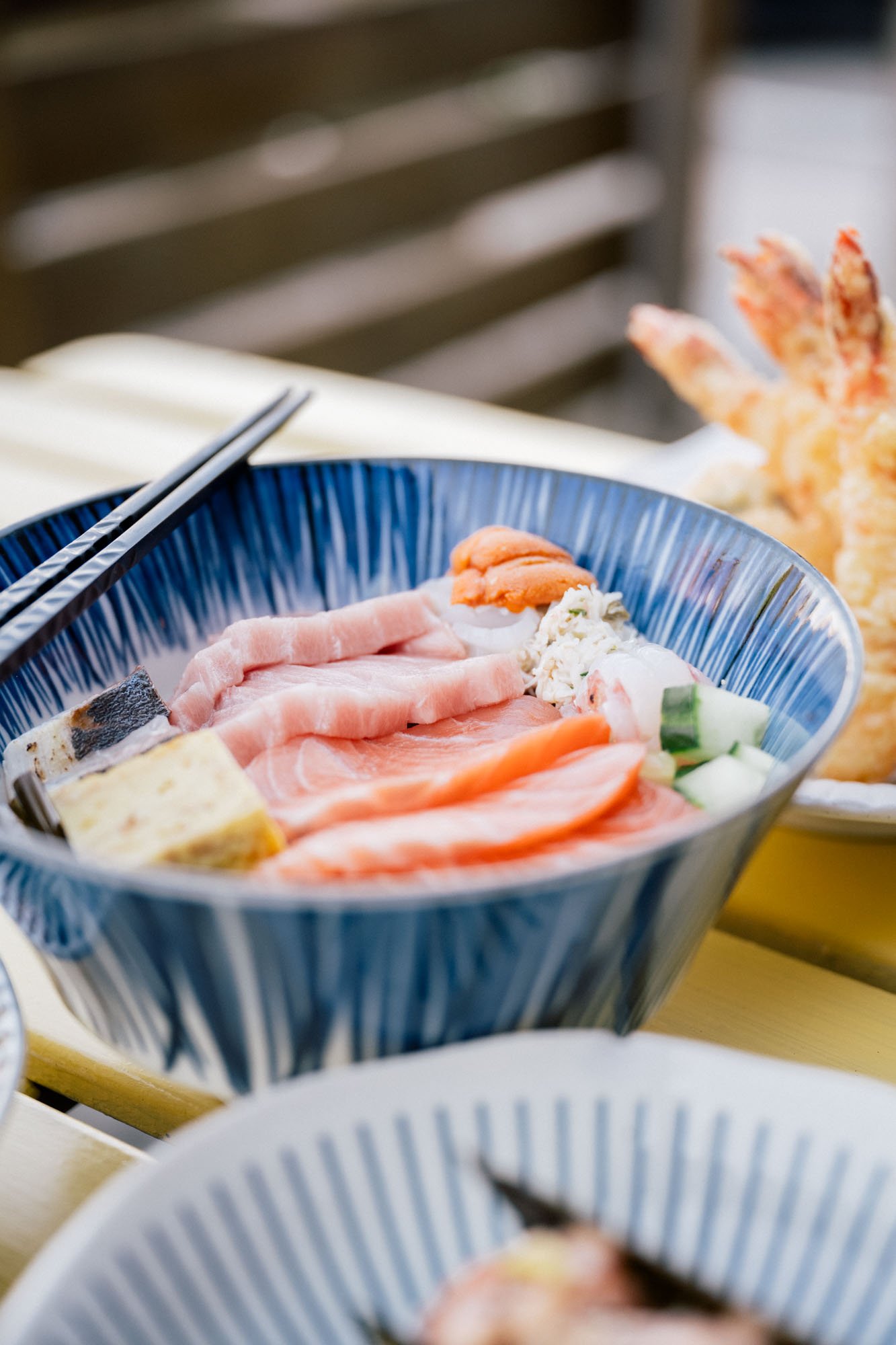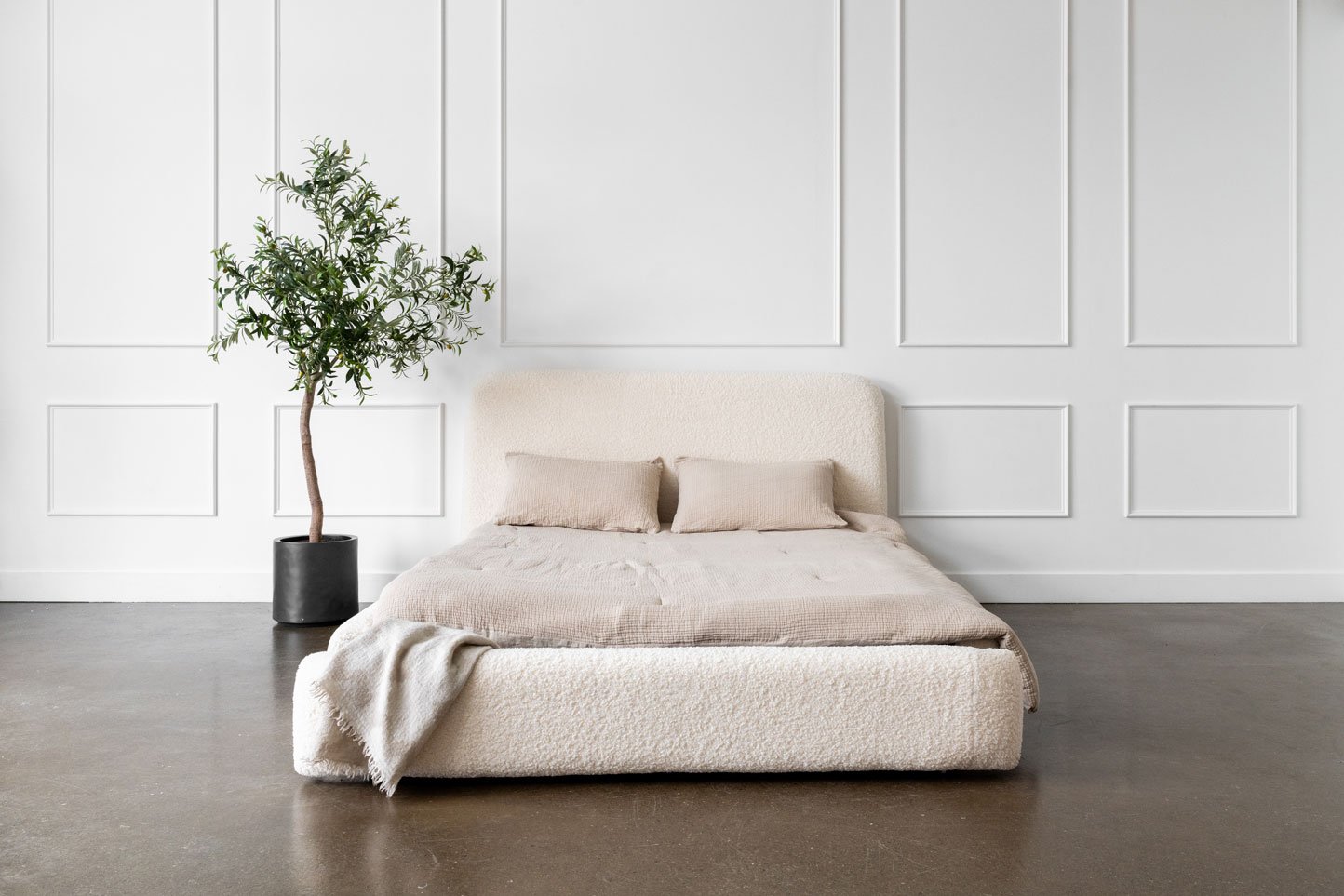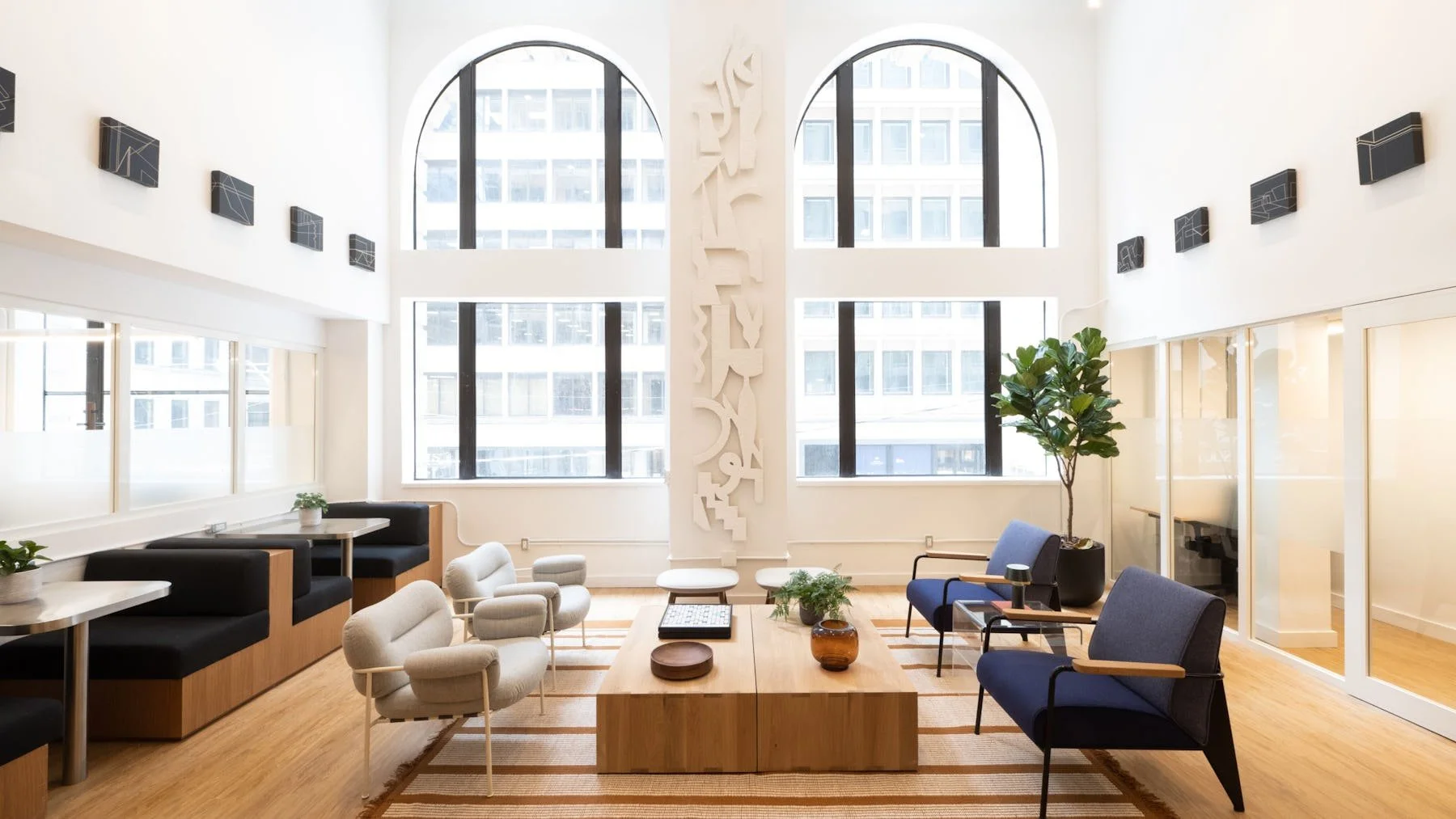Maru Bistro is a Japanese restaurant using French techniques located in Leslieville, a neighbourhood in the east end of Toronto. Before I worked with them to create these beautiful photos, I had visited this restaurant multiple times. I enjoy the food, the casual ambiance, and the wonderful staff and I always look forward to coming back.
Ebi trio sliders
Ebi slider
Octopus two ways (crispy and grilled): Octopus, green salad, shiso pesto, miso sauce, spicy mayo
Sunomono salad: glass noodle, tako, black tiger shrimp, surf clam, seaweed, ponzu dressing







































